LOUIS
469-732-7089
CAO
louiscao55@gmail.com
By means of introduction, I’m a fourth-year undergraduate student at the University of Texas at Arlington pursuing a BS in Architecture. As an aspiring young designer, I’m seeking to learn and expand my works in the architectural and design field. My passion lies for improving the daily lives of people just as much as buildings or environments.
I have a strong interest in schematic design and visualization. I enjoy the act of designing through the visual graphics. Beyond that, the questions I always ask myself is “what and why should this be built?” My natural curiosity has forced me to explore ideas and seeking the best solution for a project.
I’m glad to share with you my latest works.
SKILLS SUMMARY
3D Modeling: Rhino, Revit, Sketchup
3D Rendering: Lumion, Twinmotion, Enscape
Adobe Suite: Illustrator, Photoshop, Indesign
EDUCATION
University of Texas at Arlington
Expected Graduation Date: May 2024
Bachelor of Science in Architecture
RELEVANT EXPERIENCE
BRW ARCHITECTS ARCHITECTURAL INTERN | June 2023 - PRESENT
Produced iterative design drawings, graphics, and renderings for K12, higher education, fire, and civil projects
Worked in collaboration with BRW Architects
01
CULINARY HUT
TERM: SPRING 2022, 4TH SEMESTER
TYPE: SUSTAINABILITY AND WELLNESS
SITE: KARWENDEL MOUNTAINS, AUSTRIA
INSTRUCTOR: OSWALD JENEWEIN
PROGRAMS: RHINO, ILLUSTRATOR, PHOTOSHOP, LUMION
02 03
PAVILLION
TERM: FALL 2023, 5TH SEMESTER
TYPE: CITIES AND COMMUNITY
SITE: SANTA FE, TRINITY SPINE TRAIL, DALLAS, TEXAS
INSTRUCTOR: JULIA LINDGREN, CORD REID
PROGRAMS: RHINO, ILLUSTRATOR, PHOTOSHOP, LUMION
ELEMENTARY SCHOOL + PLAYSCAPE
TERM: SPRING 2023, 5TH SEMESTER
TYPE: EDUCATION
SITE: DOUGLASS PARK, ARLINGTON, TEXAS
INSTRUCTOR: NICK NEPVEUX
PROGRAMS: REVIT, ILLUSTRATOR, PHOTOSHOP, TWINMOTION
INTERNSHIP
LOCATION: DALLAS, TEXAS
DURATION: JUNE 2023 - PRESENT
JOB TITLE: ARCHITECTURAL INTERN
TASKS: PRELIMINARY RENDER, CONCEPT MODELING
PROGRAMS: SKETCHUP, ILLUSTRATOR, PHOTOSHOP, LUMION
GRAPHICS
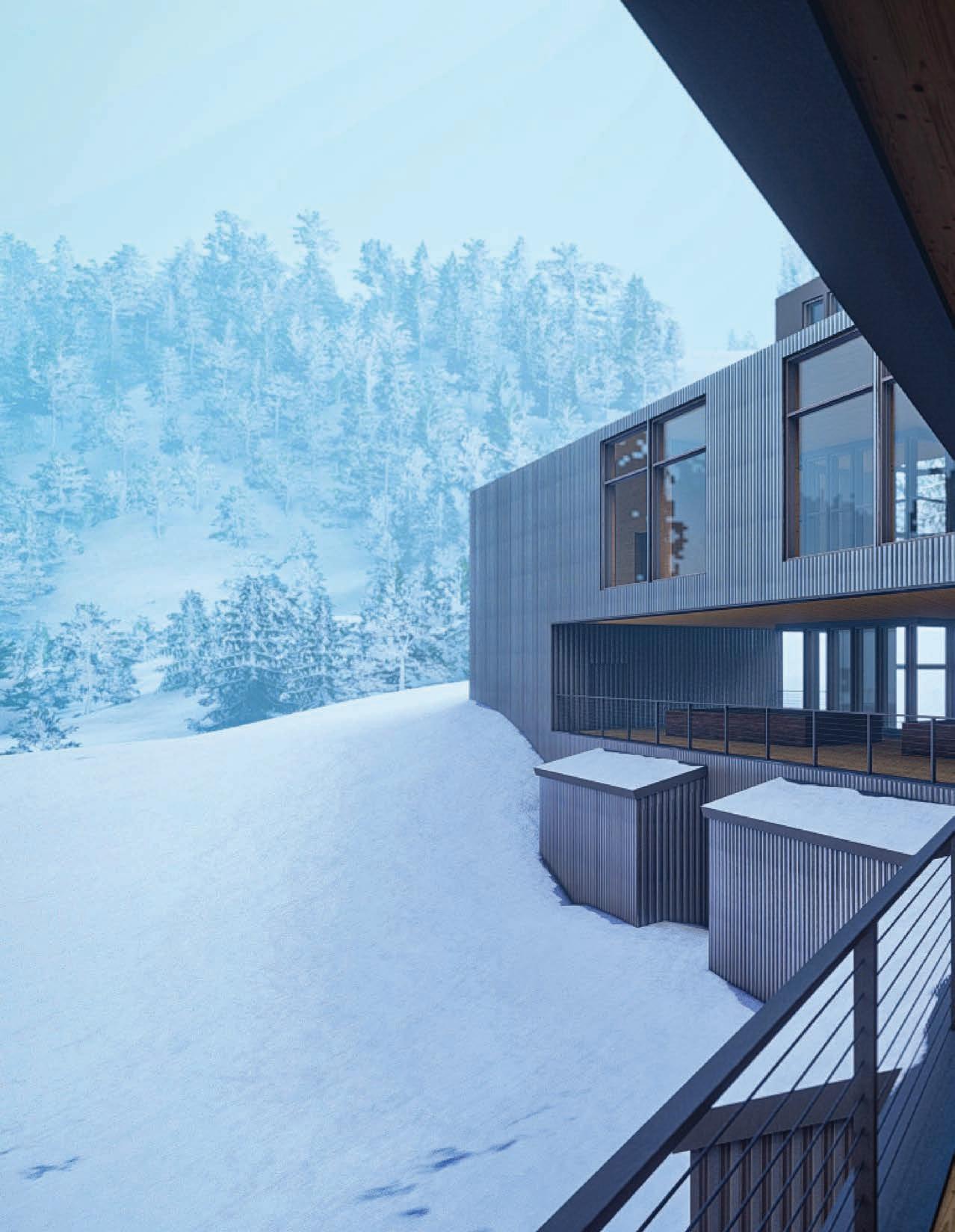
CULINARY HUT



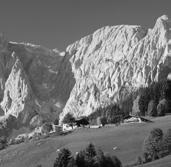

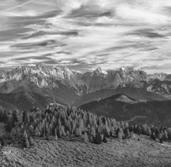
“From the soil to the table, it is essential alternative systems be designed to curb deforestation and stop climate breakdown.”
- Donna MaltzThe Climate Crisis is a global challenge, (re)shaping the natural, cultural, and built environment. Ecological design has therefore become a fundamental tool for architects and in architectural education, from basic to advanced design. The architectural community is deeply embedded with the flows of energy, materials, and ideas that relate to climate change, both causes, and solutions. While there is no “one solution” to the multifaceted challenges brought about by this crisis, every individual can apply their skills and actions in addressing the pressures on the natural world.
Located in the remote region of the Karwendel Mountains in Austria, it was important to consider the implications of an extreme environment during the design process. Known for its drastic temperature differences and harsh wind, these factors heavily influenced the design of the building.
The Culinary Hut in the alpine will serve as a shelter for individuals interested in a culinary program that centers on exploring the possibilities of food science and growing alternative organic food sources. Due to the climate crisis and the shift in climate patterns, it is necessary to study how plants adapt to extreme environments to provide a complete, sustainable, and dependable means for future human life support on earth. Individuals will be allowed to examine seedling’s cultivation under controlled variables. This hut will feature a greenhouse, a cooking studio, and a broadcasting room where individuals can explore and experiment how plants grow and act as a food source. There will be several alternatives to traditional farming methods including, but not limited to aquaponics, fungi cultivation, and ‘super grains.’
With all these in mind, it was important that this building be self-sufficient and self-sustaining for the inhabitants of this place.
DESIGN MOTIVATIONS
1. SITE RESPONSE
Building is angled to align with natural flow of the landscape and sunken into the site to fit in with the natural environment
2. FLOODING
Northern wall becomes angled to redirect avalanches away from the building, avoiding direct impact
THE STRATEGY
3. WIND
Walls of greenhouse angled to redirect the strongest winds coming northeast direction
SUNLIGHT
Sun path of site
PASSIVE COOLING
Windows are placed on the eastern and western facade to allow for cross ventilation
Considering the harsh environemental conditions of an alpine site, such cases of flood, wind, and drastic temperature differences heavily influenced the design. The wall embedded into the peak of the mountain becomes angled to direct and guide an avalanche from direct impact. Next, as the strongest winds come from the NE direction, the tower walls are angled to direct the wind away. Roofs are angled to allow snow to fall
DAYLIGHTING
Roof overhangs to diffuse summer sun and allow winter sun to penetrate into the living spaces
PASSIVE HEATING
Roof overhangs to diffuse sun and allow winter into the living spaces
A series of analytical studies are done to understand the performative impacts and spatial requirements. Environmental impacts factors of the design process. Considering the topography beauty of the site and aethetically merge the alpine hut into defining character to enhance the form of the hut. Due to the natural light to penetrate into the interiors. The hut is angled structure is situateted into the ground to represent how the rather than being randomly placed in it
STRATEGY
greenhouse towers are the flow of the coming from the diffuse summer winter sun to penetrate spaces
Roofs are angled to direct snow off the roofs
Greenhouse towers are oriented on the eastern front to take advantage of the sun and use it for heating
RAINWATER COLLECTION
HEATING performative aspects of an alpine hut to environmental and internal spatial relationships become the driving of the site, it was important to preserve the natural into the landscape, in other words, the landscape becomes a the harsh temperatures, the orientation of the hut permits angled to match the natural flow of the mountain and part of the design can appear to be a natural element into the site
Gutter systems and water tanks work in tangem where it undergoes a filteration system that reuses the water for practical purposes
SOLAR ENERGY
Solar panels are placed on the greenhouse towers to absorb the sunlight and let it power the building to be self-sufficent and sustaining
WIND SPEED
In this site, the strongest winds come from the northeast direction
Sustainable design is integral if we are to reduce the negative impacts on the environment, the health and comfort of occupants, and improving building performance. For this reason, a series of sustainable diagrams are done to showcase how sustainable design can help mountain architecture function properly For example, solar powered systems can help acquire energy using sustainable means

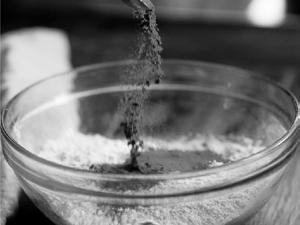
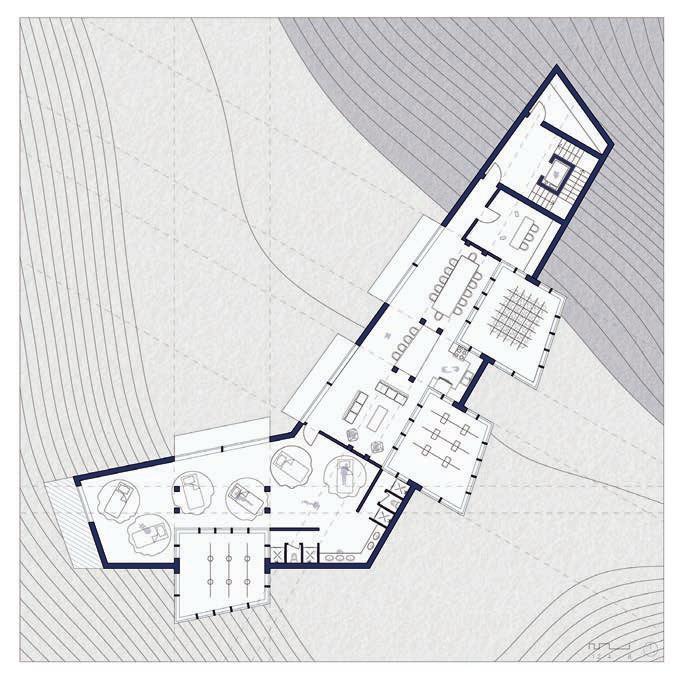
LEVEL THREE

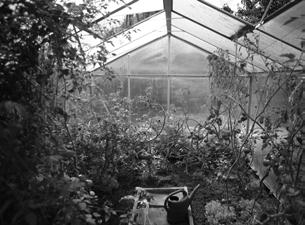
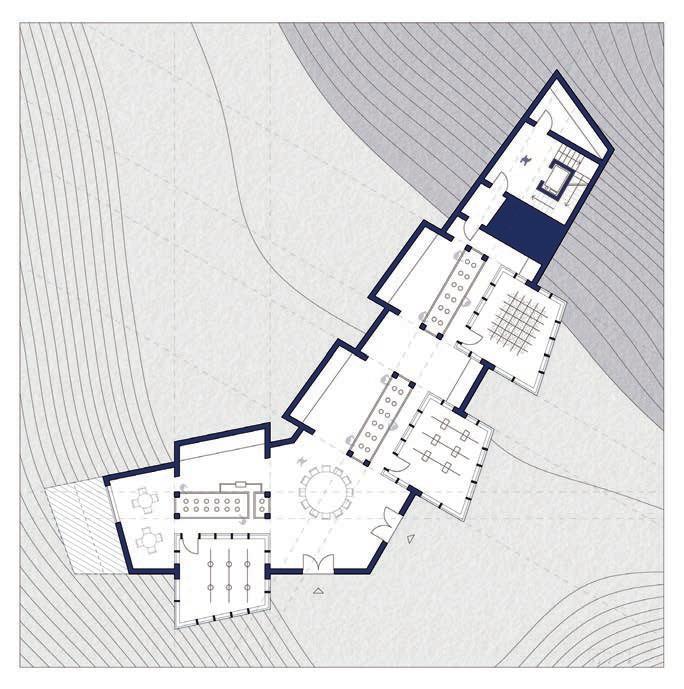
LEVEL ONE
Featuring three greenhouse towers that utilize a pulley system to rotate different crops that can be harvested on the first floor and be viewed on the floors above First level is reserved to the main growing area where super grains, fungi, and aquaponic farming methods are housed Living quarters and main living spaces are housed towards the end of the hut to have the best views facing towards the valley Food preparation is done in a kitchen connected to the main lodge, which can be stashed with supplies for occupants to cook their own mealsMORE THAN A MOUNTAIN HUT
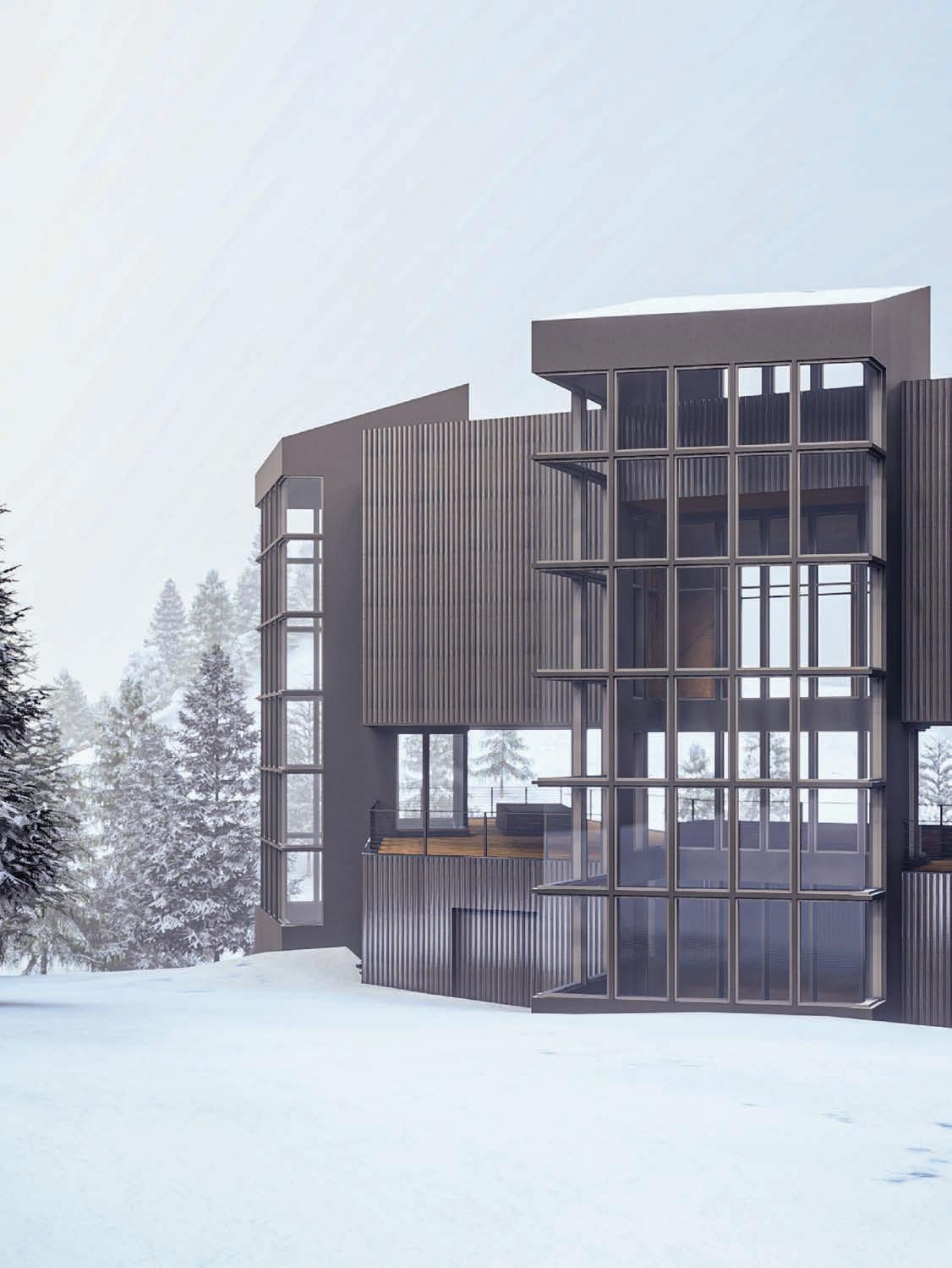

PAVILLION
DESIGN + BUILD STUDIO

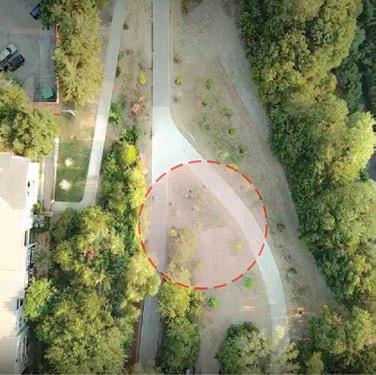

THE GOAL
The Santa Fe and Trinity Spine Trailhead Stop Enhancement project aims to create a welcoming and functional trailhead stop at the intersection of Santa Fe and Trinity Spine Trail in Dallas, Texas. This initiative aligns with the broader vision of enhancing community connectivity, promoting outdoor activities, and contributing to the development of the Dallas Loop trail system.
Shade and Rain Protection
The goal is to create a structure that provides shade and rain protection for trail users. The design will prioritize both functionality and visual appeal, ensuring a comfortable environment for individuals pausing at the trailhead.
Community-Focused Amenities
Integrate amenities such as seating, informational signage, and water stations to cater to the needs of the community. The trailhead stop will be designed to serve as a gathering point, fostering a sense of community engagement and interaction.
Dallas Loop Integration
Plan the trailhead stop to play a pivotal role in shaping the Dallas Loop trail system. Consider future interventions and expansions, ensuring the design aligns with the overall vision of the Dallas Loop and contributes to a cohesive and well-connected trail
 SITE AERIAL
SITE TRAILHEAD
SITE AERIAL
SITE TRAILHEAD
DESIGN MOTIVATIONS

1. Maintain Visibility. Create open sight lines for the intersection of the Santa Fe + North Spine Trail when approaching from all directions. Site lines are derived from the maximum cone of vision for approaching bikers and pedestrians.

2. Mitigate Speed. Create a secondary northbound to southbound connection linking Deep Ellum/Fair Park/ Downtown with the new Creekside Park, mountain biking trails, and Loop. A new connection will decrease bike volume and high speeds at the existing Santa Fe + North Spine Intersection.
3. Trail Continuity. Link secondary trail connection safely to the Santa Fe and North Spine to promote safe bike turning radiuses and speeds. Intersections should have a minimum 16’ turning radius.
4. Welcome Users. Invite trail users to pull off the trail at the Santa Fe + North Spine intersection. Welcome users equitably from both trails and in all directions. Provide visual cues that an intervention exits upon approach and extend markers out to the trails from the intersection expandning it’s reach + impact.
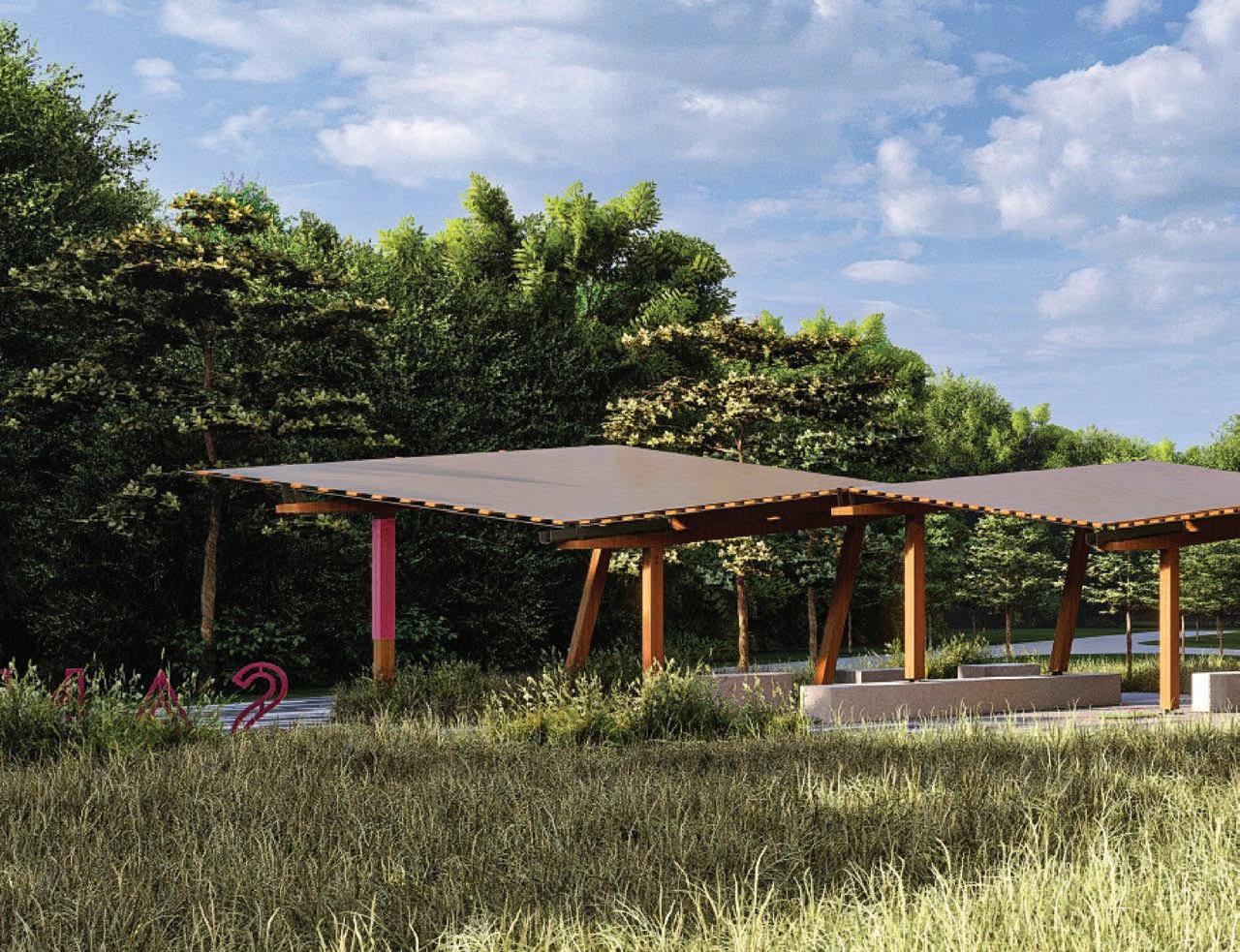
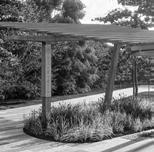

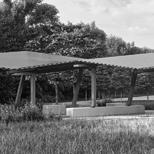


In the larger bay, the first bay pays respect to the natural environment in the site by leaving it open, allowing fauna and flore to flourish, uninturrupted by the public
The organization and form of the benches allow for open circulation and the versatility of group and single user seating
The repetition of the structural system of the pavillion, specifically the columns, beams, and lattice roof showcases the concept of the repetition of bays, exposed structure, and simplicity and craft
Wayfinding signage was an important addition for trail users. The structural columns of the bay allowed for the addition of metal sleeves and lettering along the trail
In the smaller bay, it featured a functional bike repair service station for trail users to service their bikes
HOMAGE TO NATURE SEATING STRUCTURAL SYSTEM WAYFINDING BIKE REPAIR BAY


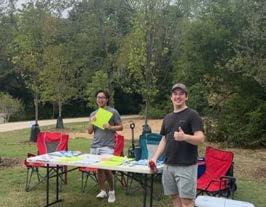
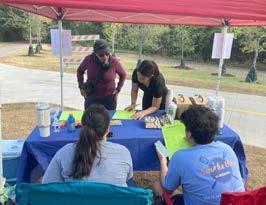
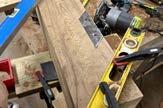
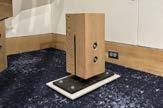
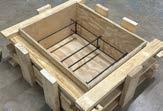





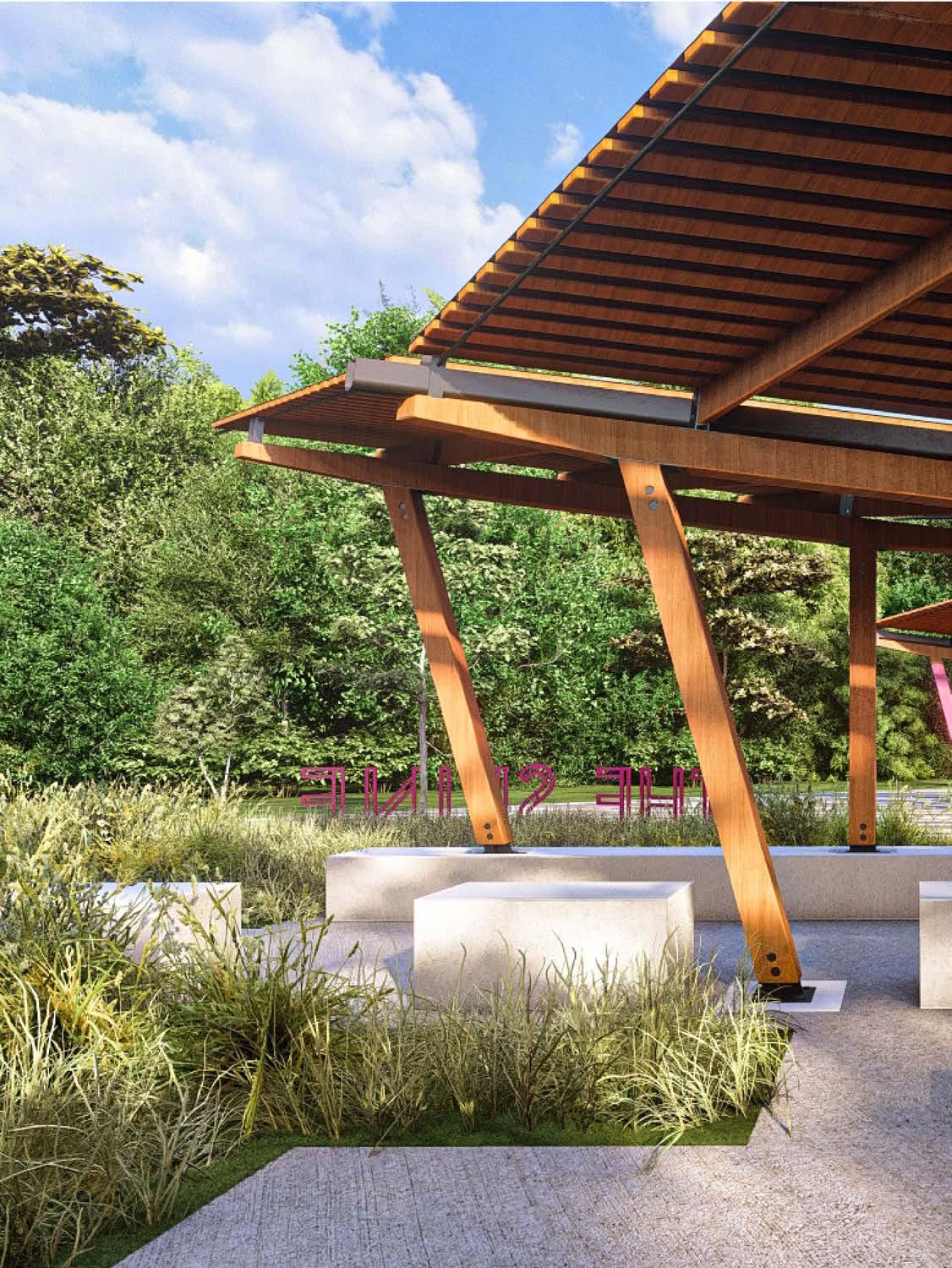
ELEMENTARY SCHOOL + PLAYSCAPE

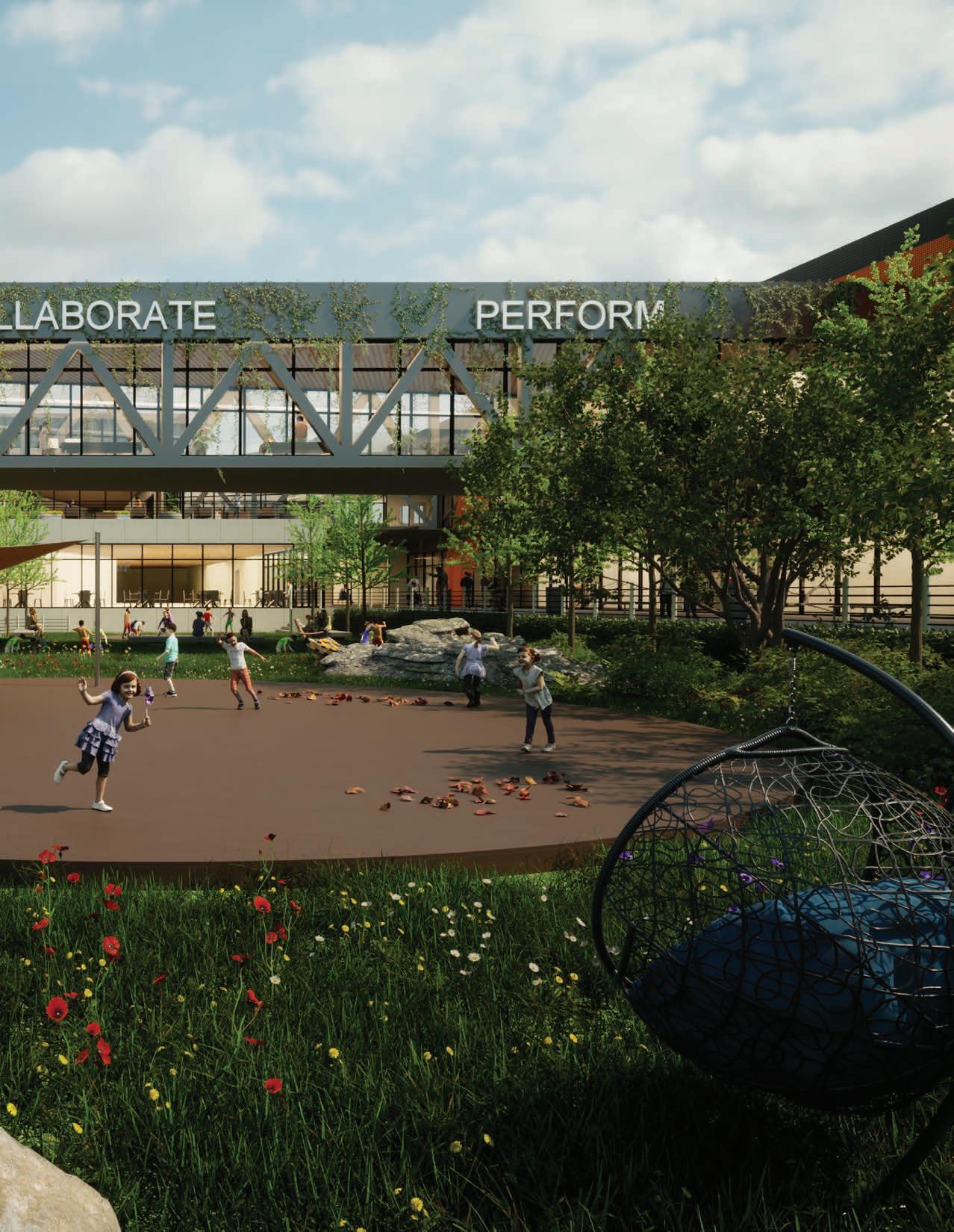


DOUGLASS PARK, ARLINGTON, TEXAS
Static elements faciliate limited changes through the form. Dynamic elements faciliate spatial changes through the movement of small parts or larger sections of the structure itself. The buildings shape and form changes from one end to the other end because of the ‘static vs. dynamic’ nature and the tension in between. Since the perfomring arts wing is associated with music, and music is associated with movement and rhythm, the performance art wing has a dynamic facade, as well as rotating from the main form to adapt to the site. All in all, the idea of static vs. dynamic in this project shows how the building can adapt to change to its environment.
LEARN
OUTDOOR PLAY+ LEARNING
ADMIN
SHARE SHARE COMMUNAL COMMUNAL PERFORMING ARTS
PERFORM
PERFORM OUTDOOR PLAY
OUTDOOR PERFORMANCER
SHARE LEARN ADMIN
PERFORM
OUTDOOR PLAY+ LEARNING
PROGRAMATIC DEVELOPMENT
LEGEND
COMMUNAL
OUTDOOR
ADMINISTRATION
COLLABORATION ZONE
SERVICE ZONE
CLASSROOM


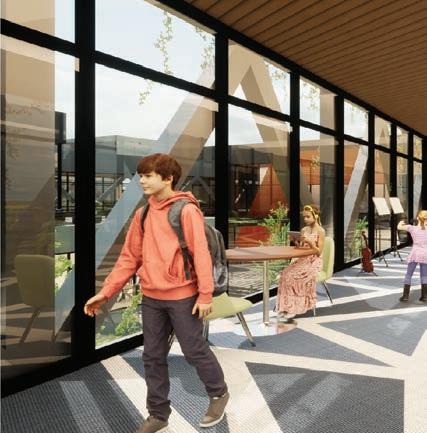
DROP-OFF/PICK--UP

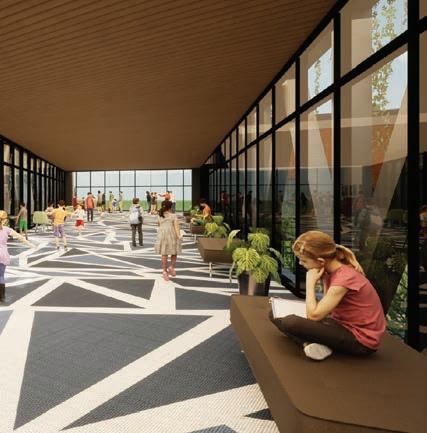
MEZZANINE

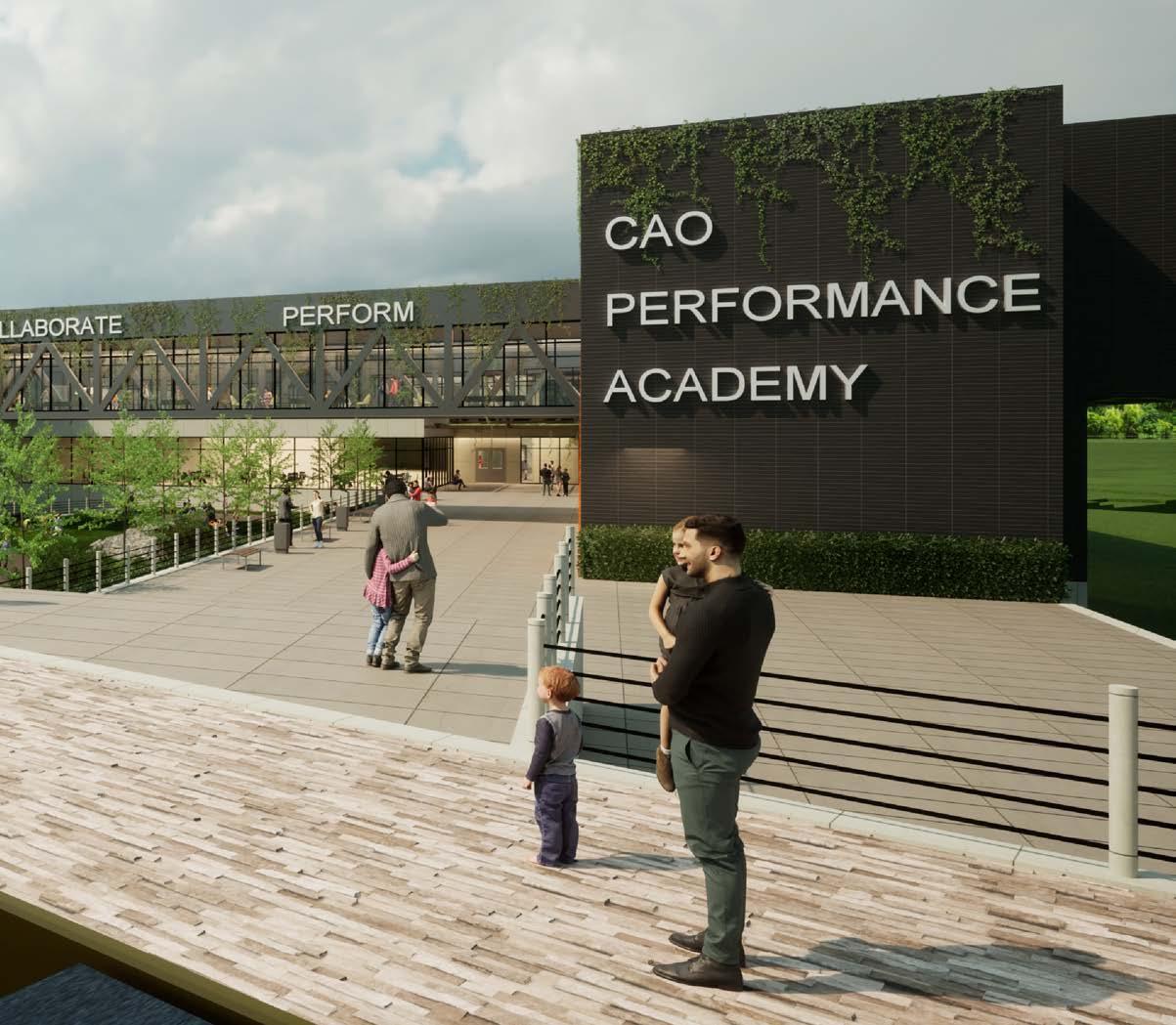

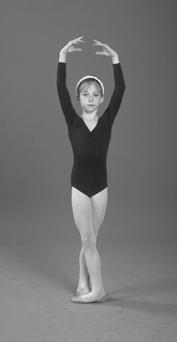

PROGRAMMING

Consists of a large open lawn and woodchip area that can hold a variety of different backyard activities such as slides, car toys, and swings for children to play on
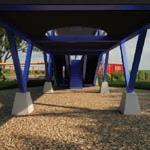

Arches and cantilever form a space underneath the massing for a small group to gather and relax
Large gathering area that extends from each side of the playground and provides a 360 view of each play area below

Play area where inner circle features mud play and outer concentric rings feature clean play by using concrete as a contrast in materials
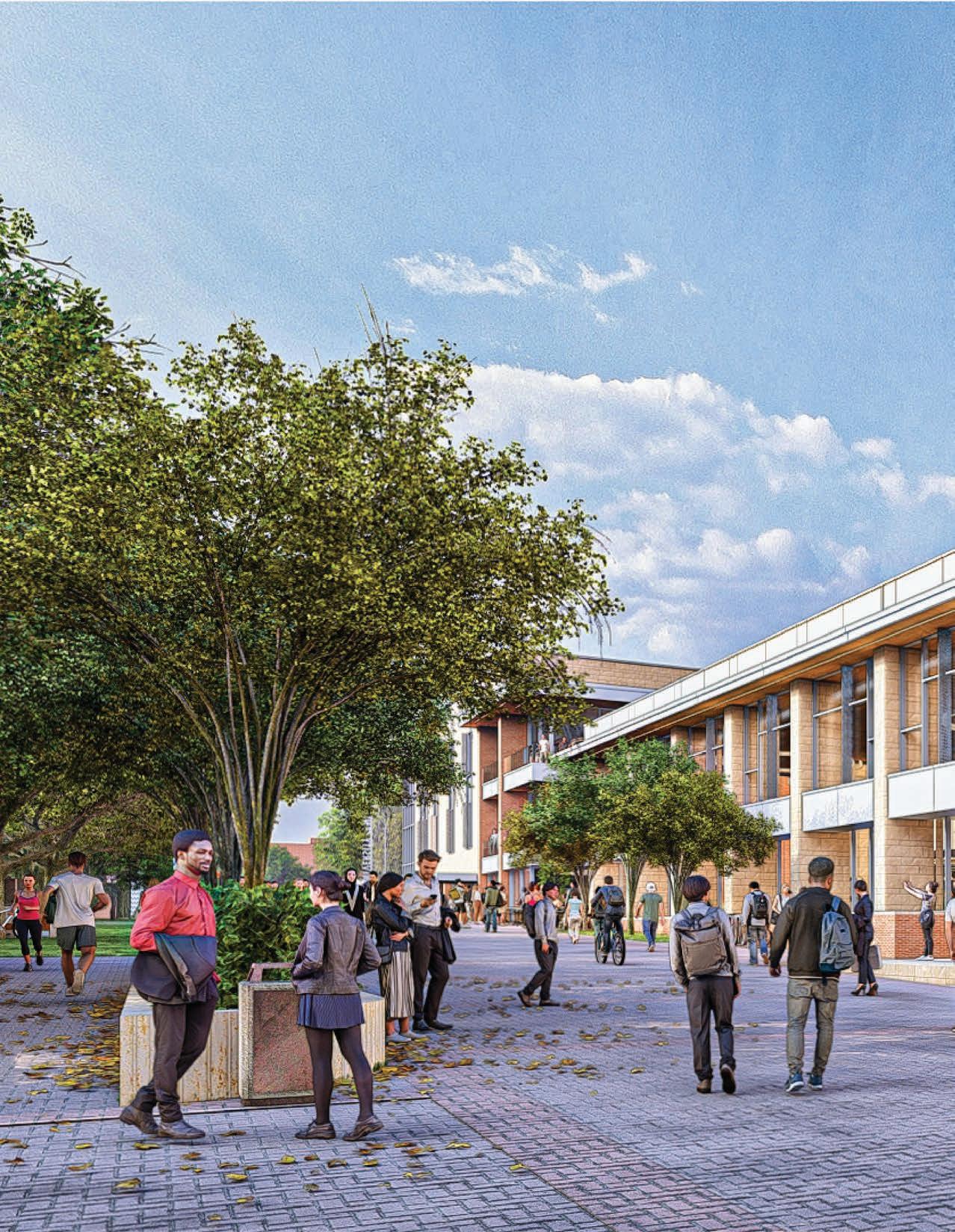

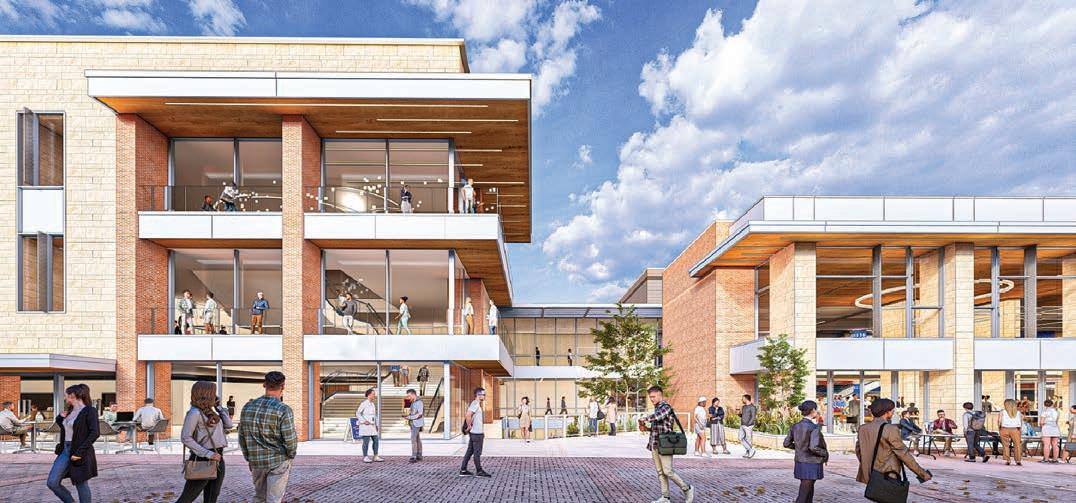
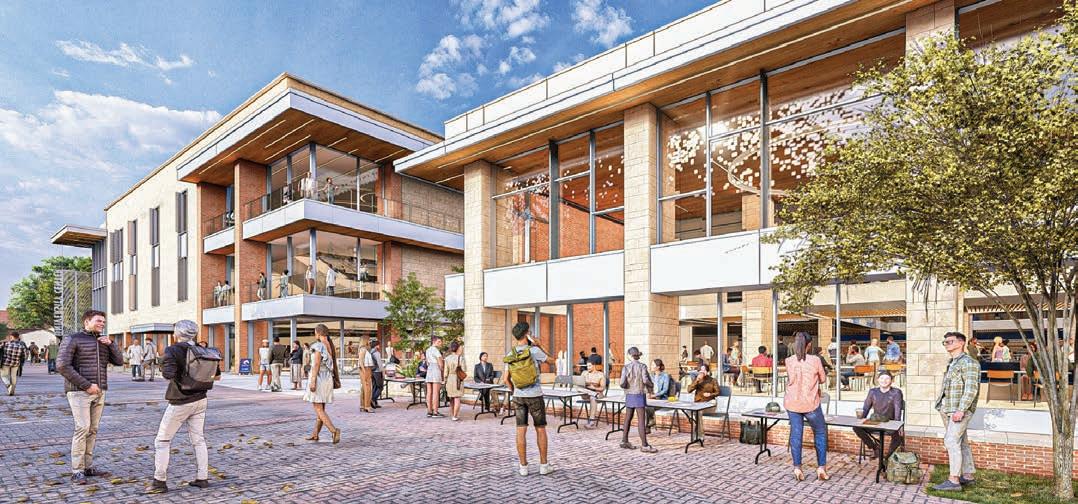
UNIVERSITY OF TEXAS AT ARLINGTON STUDENT CENTER
TYPE: HIGHER EDUCATION
SITE: ARLINGTON, TEXAS
INVOLVEMENT PHASE: DESIGN DEVELOPMENT,
RENDERING
+ Involved in feasibility study phase
+ Designed graphics for student campaign
+ Developed exterior renderings in coordination with BRW to be used extensively during design sessions with project clients.
Project description:
The University of Texas at Arlington (UTA) is embarking on a transformative journey to renovate its existing student center, reimagining it as a vibrant hub that not only fosters academic and social interactions but also addresses the evolving needs of the digital age. This project aims to create a dynamic space that drastically improves circulation, enhances connectivity, and embraces innovative design principles to enrich the student experience.
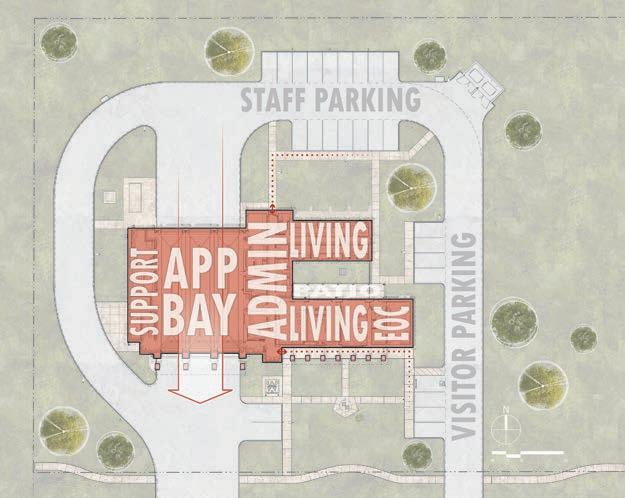
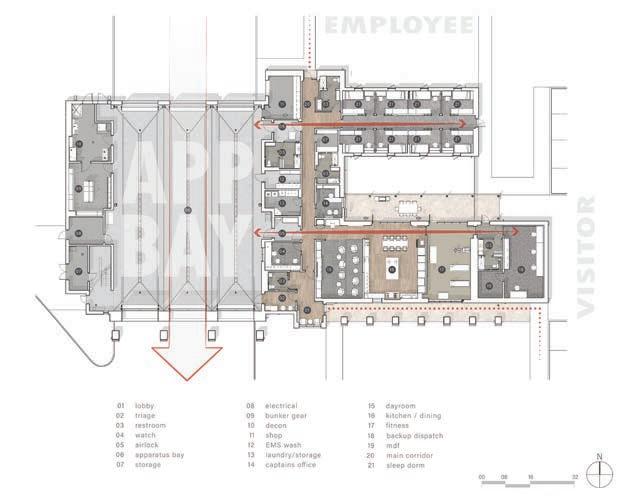
WYLIE FIRE STATION
Type: COMPETITION GRAPHICS
Site: WYLIE, TX
INVOLVEMENT PHASE: GRAPHIC DEVELOPMENT
+ Developed graphical site and floor plans for competition submission
Project description:
Collaborated with BRW in developing graphics
GENEVA HEIGHTS C.H.P.S.
Type: K12
Site: Dallas, Texas
INVOLVEMENT PHASE: GRAPHIC DEVELOPMENT
+ Lead CHPS graphic poster design for Geneva Heights Elementary School
Project description:
With Geneva Heighs Elementary School being CHPS certified, a graphic poster was designed that showcased the school’s commitment to CHPS sustainbility.
GRAPHICS
Project description:
The goal of this graphic map is to represent the effects of climate-induced migration In Alaska, focusing on the stories of nature on the move. The map shows movement of bird and insect life, and the impact it has on envrionmental changes.
THE MORE A TREE DEGRADES, THE LESS VALUABLE IT BECOMES FOR LUMBER
BEETLE INFESTATION
THE COST OF TREATING THE TARGETED AREA USING THE LOCAL WORKFORCE IS EXPENSIVE TREATMENT WOULD INVOLVE REMOVING DEAD, DYING AND SUSCEPTIBLE SPRUCE.
BROWNING (DECAY) OF TREES
WHITE SPRUCE TREE DISTRIBUTION
SPRUCE BEETLE INFESTATION
THREE-TOWED WOODPECKER MIGRATION
ALASKA’S CHANGING BOREAL FOREST



ARCTIC OCEAN
WHY OUR RESPONSE MATTERS NOW


THREE-TOWED WOODPECKER

BERING SEA






INTERIORTIM
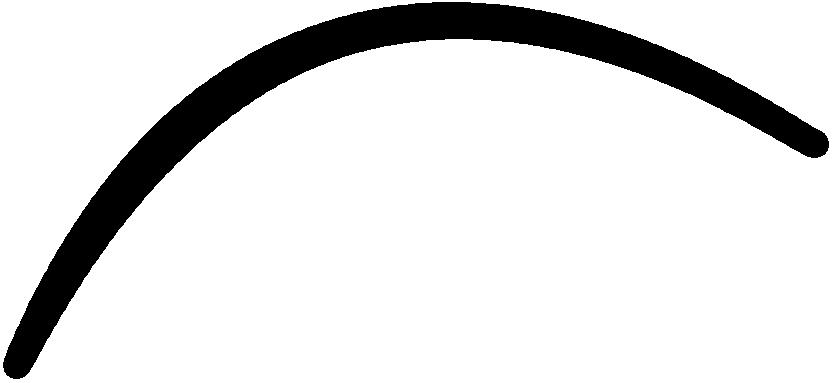

REBMITNRETSEW





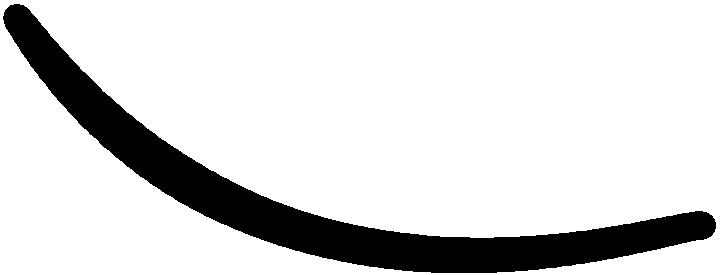
THREE-TOWED WOODPECKER

PACIFIC OCEAN

TSAEHTUOS



